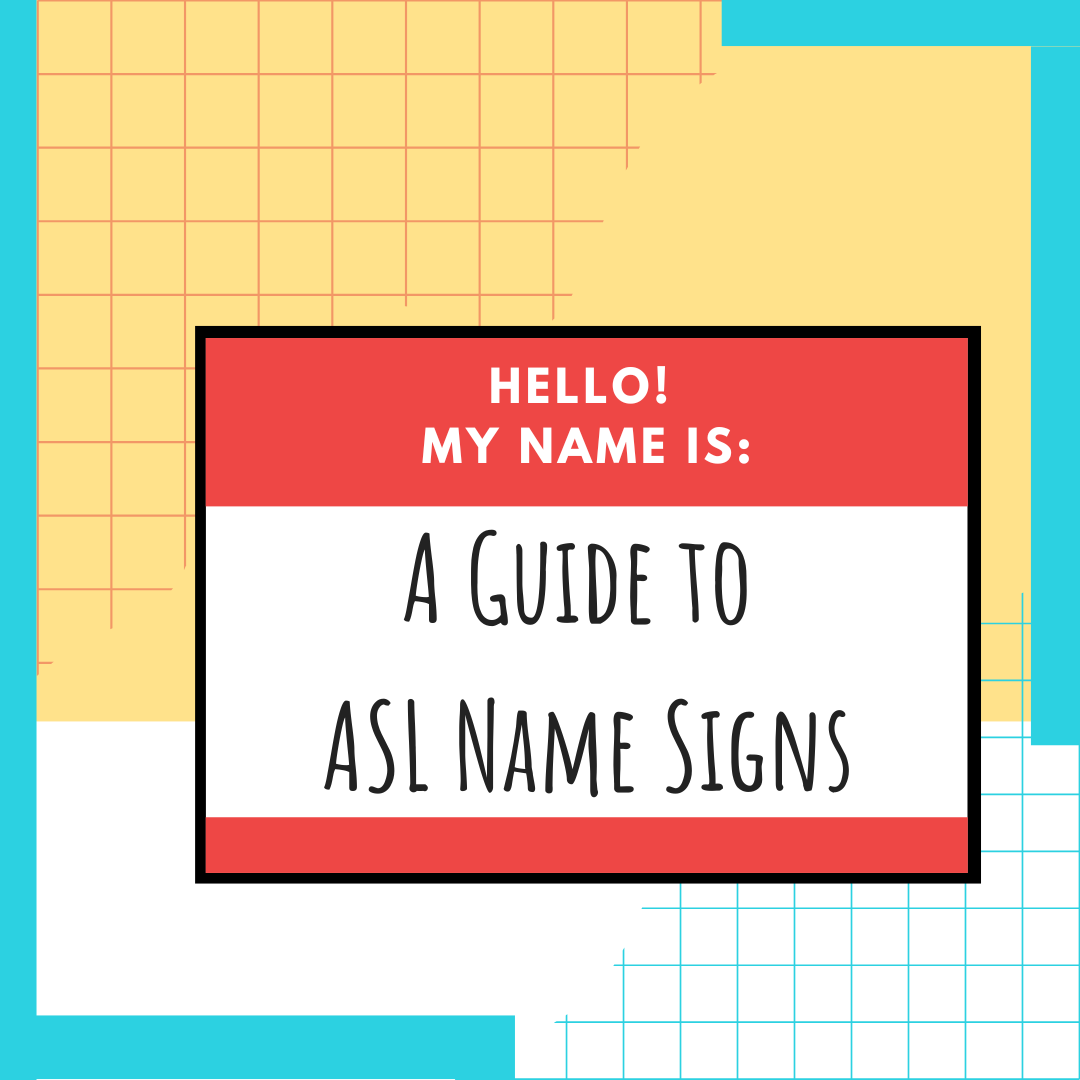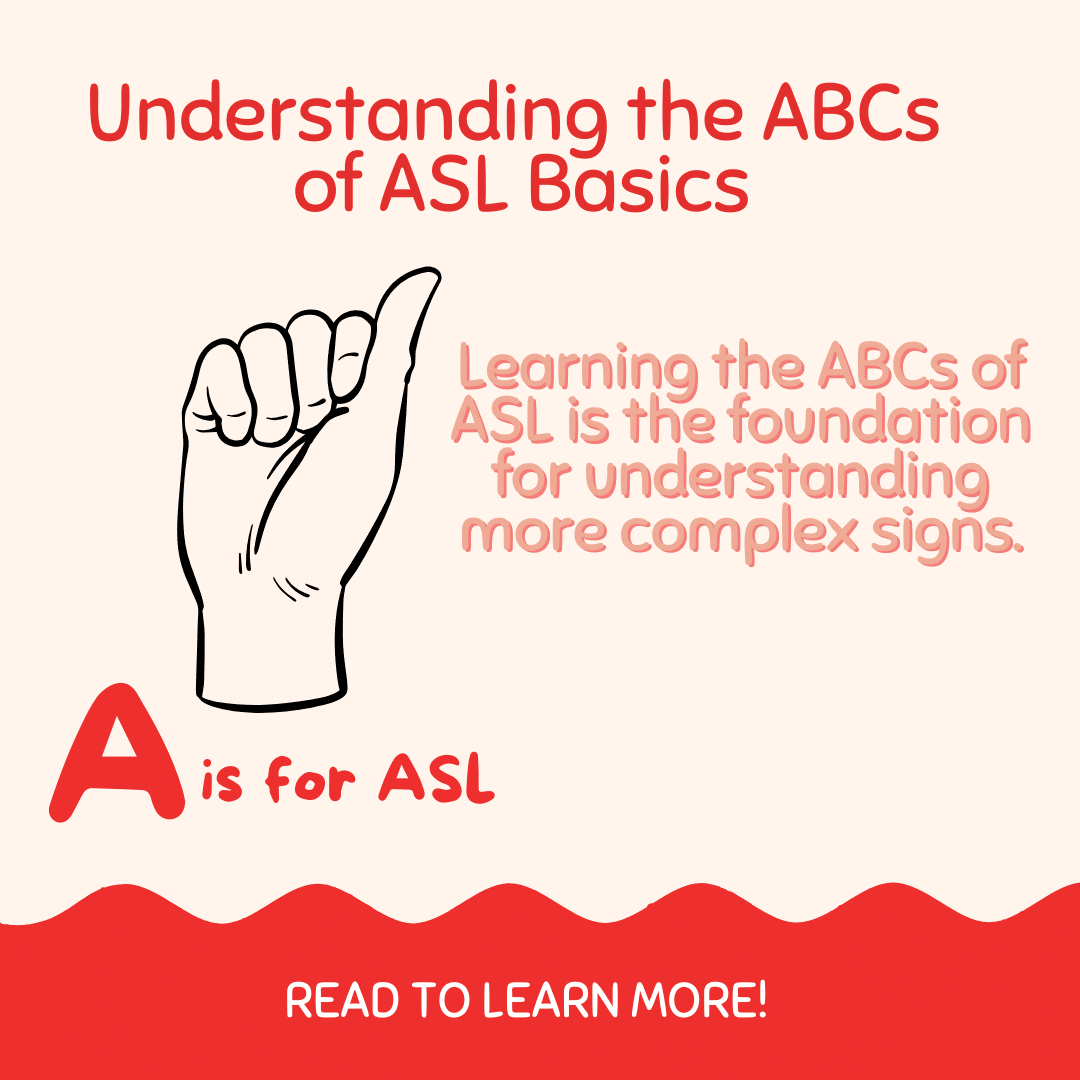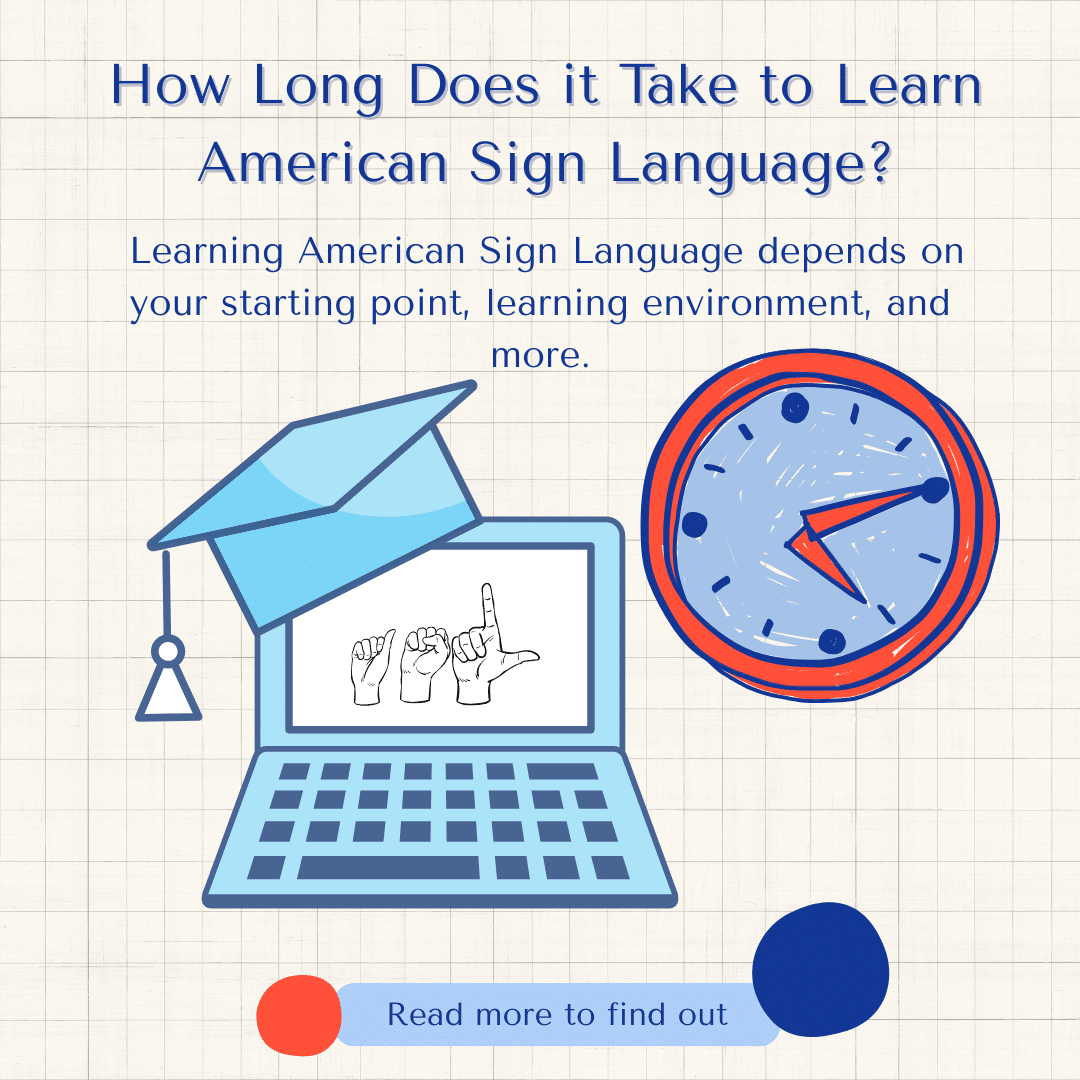
How to Get a Deaf person’s Attention
- by Tech Amin

There are different ways Deaf people communicate with one another that may be different than what you would think. How can we get a Deaf person’s attention in a non-emergency situation? There are visual ways to get a Deaf person’s attention: -Gently tap the person’s shoulder- -Waving hands in front of the person’s eyeline -Flicking the lights.
Those are effective and respectful ways to get a Deaf person’s attention. Here’s a bit more detail on each method:
- Gently Tap the Person’s Shoulder or Arm: This is a common approach. It’s important to be gentle and ensure that the person is not startled. Usually, tapping one shoulder is enough to get their attention without causing discomfort. A gentle touch on the shoulder or arm is often the most direct way to get someone’s attention. It’s important to be gentle and ensure you’re not startling them.
- Waving Hands in Front of the Person’s Eyeline: This method works well if you’re close enough to the person. Make sure to wave in their peripheral vision so it’s not intrusive or startling. This can be especially useful in a group setting or if the person is engrossed in something.
- Flicking the Lights: This is often used in situations where you need to get the attention of several people at once, such as in a classroom or meeting. It’s generally a good idea to use a quick flicker rather than a continuous flicker, as the latter can be disruptive or uncomfortable.
Each method shows consideration for how the individual perceives their surroundings and can be adjusted based on the context and personal preferences. In summary, waving can be a friendly and non-disruptive way to get someone’s attention, as long as it’s done considerately and appropriately for the situation.
- Flick the Lights: In settings where there are multiple people or when trying to get attention in a group, flicking the lights on and off can be effective. Just be mindful of the intensity and frequency to avoid creating discomfort.
- Use a Vibrating Alert: For personal situations or if you have access to technology, vibrating devices (like a vibrating watch or pager) can be useful to get attention discreetly or by sending them a text message as phones often vibrate when that happens.
- Get Their Attention Through a Third Party: If you’re in a group and someone else knows the Deaf person, you might ask that person to get their attention on your behalf.
- Use Visual Signals: In some settings, pre-agreed visual signals can be used, such as a specific hand gesture or sign.
- Ensure Good Lighting: Make sure there is adequate lighting so that any gestures or visual signals are clearly visible.
- Be Patient and Respectful: Give the person a moment to respond once you’ve used one of these methods. Avoid making sudden or loud noises as it can be unsettling.
Each individual may have their own preferences or comfort levels, so adapting to their specific needs and being considerate is key.
Tapping to Get Attention
In Deaf culture, tapping is generally seen as an acceptable and often preferred way to get someone’s attention, particularly in comparison to how it’s perceived in hearing culture. Here’s a bit more detail on how this differs:
- Direct Communication: Tapping is a direct and clear method to get someone’s attention, and it’s quite common in Deaf culture. It is often used in daily interactions and is usually appreciated for its clarity.
- Non-Verbal Communication: Deaf culture relies heavily on non-verbal communication, so methods like tapping are natural and effective. It aligns with the visual and physical communication style that is prevalent in Deaf communities.
- Respect and Awareness: It’s important to be gentle and respectful when tapping. Deaf individuals often appreciate a gentle touch that’s not startling or intrusive. This is similar to how anyone would prefer a gentle tap rather than a sudden or harsh one.
- Cultural Norms: In hearing culture, tapping might be less common or seen as interruptive, especially if someone is deeply engaged in something. In Deaf culture, however, it’s a standard and accepted way to communicate that doesn’t carry the same connotations of rudeness or intrusion.
Understanding these cultural differences helps in ensuring that communication is respectful and effective. It’s always a good practice to be mindful of individual preferences and to communicate openly about how best to get someone’s attention.
Waving to Get Someone’s Attention
Waving to get someone’s attention is a common and effective method in many contexts, including Deaf culture. Here’s a bit more detail on how and when to use this method:
- Effective Placement: To get someone’s attention by waving, ensure you’re within their field of vision. Waving in their peripheral vision is often the most effective, as it’s less likely to startle them compared to waving directly in front of their face.
- Moderation: Use a moderate and gentle wave. A small, non-intrusive wave is usually sufficient. Avoid vigorous or overly large gestures, which might be distracting or annoying.
- Context Matters: Waving is particularly useful in settings where you can’t easily approach the person, such as across a room or in a crowded space. It’s also helpful in group settings where multiple people need to be addressed.
- Combine Methods: If you’re in a situation where a wave alone might not be effective (for example, if the person is facing away from you or in a noisy environment), combining a wave with a gentle tap or another visual signal can be more successful.
- Be Patient: Once you’ve waved to get someone’s attention, give them a moment to respond. They might need a second to see you and understand that you’re trying to communicate.
- Cultural Sensitivity: While waving is generally accepted in Deaf culture, it’s always good to be aware of individual preferences. Some people might prefer other methods of attention-getting, so being adaptable and respectful is key.
In summary, waving can be a friendly and non-disruptive way to get someone’s attention, as long as it’s done considerately and appropriately for the situation.
Flickering Lights Get Everyone’s Attention
Flickering lights is a method used to get attention in various contexts, particularly in settings where visual cues are more effective than auditory ones. Here’s how to use this method appropriately:
When to Use Flickering Lights:
- Group Settings: Flickering lights are particularly useful in situations where you need to get the attention of a group of people, such as in a classroom, meeting room, or public space.
- Safety and Emergencies: In emergency situations, flickering lights can be used to alert people to evacuate or take action, as this method can quickly grab attention.
How to Use Flickering Lights:
- Gentle Flicker: Use a brief flicker rather than a continuous on-and-off pattern. A quick, gentle flicker is usually sufficient and less disruptive.
- Frequency: Avoid excessive flickering, as it can be disorienting or uncomfortable. A quick, intermittent flicker is often more effective than a rapid or prolonged one.
- Context Sensitivity: Make sure that flickering lights are appropriate for the setting. In some situations, excessive flickering might be disruptive or could cause discomfort to individuals with certain sensitivities.
Respect and Consideration:
- Communication: If you’re in a shared space, it’s helpful to inform people beforehand that flickering lights will be used to get attention, so they aren’t surprised or confused.
- Sensitivity to Conditions: Be aware of individuals who might be sensitive to light changes or who have visual impairments. In such cases, alternative methods (like tapping or using visual signals) might be more appropriate.
- Cultural Norms: While flickering lights can be effective, it’s always good to be mindful of individual preferences and norms within specific communities.
In summary, flickering lights can be an effective way to get attention, especially in group settings or emergencies. Using it thoughtfully and considerately ensures it serves its purpose without causing unnecessary disruption or discomfort.
Another Way Lights Help the Deaf Community
Additionally, doorbell lights are a great tool for Deaf individuals to receive notifications at home or in the workplace. Here’s how they work and their benefits:
How Doorbell Lights Work:
- Visual Alerts: When someone rings the doorbell, a light (often a strobe or LED) flashes to indicate that someone is at the door. This provides a clear visual cue that might otherwise be missed.
- Customizable Options: Many doorbell light systems can be customized in terms of brightness and flash patterns, allowing users to choose what works best for them.
- Integration with Other Devices: Some systems can integrate with other alert systems in the home, such as smoke detectors or alarms, providing a comprehensive visual notification system.
Benefits of Doorbell Lights:
- Increased Independence: Doorbell lights allow Deaf individuals to be more independent, as they can respond to visitors without needing assistance.
- Enhanced Safety: They ensure that important notifications, such as alarms or doorbell rings, are noticed promptly, which is crucial for safety.
- Reduced Stress: Knowing that they will be alerted visually can reduce anxiety about missing important notifications.
Considerations:
- Placement: It’s important to place the doorbell light in a location where it’s easily visible, ensuring that it can be seen from various parts of the home or workspace.
- Brightness Levels: Adjust the brightness to ensure it’s effective without being overly distracting, especially in shared spaces.
- Compatibility: When selecting a doorbell light, check for compatibility with existing doorbell systems and other alert devices to ensure seamless integration.
In summary, doorbell lights are a valuable tool for Deaf individuals, enhancing communication and safety in both home and workplace settings. They provide an effective solution for receiving important notifications visually.
During emergency situations, there are ways to get a Deaf person’s attention at a moment’s notice. Deaf people use visual emergency notifications on their phones. Visual emergency alarms are an important tool for Deaf individuals to receive urgent notifications on their phones. Here’s an overview of how these systems work and their benefits:
How Visual Emergency Alarms Work:
- Flash Alerts: Many smartphones can be set to flash the camera light or screen when an emergency notification is received, making it a visual alert that can grab attention.
- Vibration Alerts: In addition to visual signals, vibration alerts can provide another layer of notification, helping to ensure that urgent messages are noticed.
- App Integration: Various apps designed for Deaf users can send visual alerts for emergencies, such as severe weather warnings, fire alarms, or other critical notifications.
Benefits of Visual Emergency Alarms:
- Timely Alerts: Visual notifications ensure that Deaf individuals receive important emergency information in real time, allowing them to respond quickly.
- Enhanced Safety: By providing clear and immediate visual cues, these alarms enhance personal safety during emergencies, whether at home or in public spaces.
- Customizable Settings: Users can often customize how and when they receive alerts, allowing for a personalized approach that suits their needs.
Considerations:
- Settings Configuration: It’s important for users to configure their devices properly to ensure they receive visual alerts for all relevant emergency notifications.
- Testing the System: Regularly testing visual alarm systems can ensure they work effectively and that users are familiar with how they function.
- Awareness of Surroundings: In crowded or noisy environments, visual alerts can be particularly beneficial, but users should still be aware of their surroundings to respond appropriately.
In summary, visual emergency alarms on phones provide essential support for Deaf individuals, ensuring they stay informed about critical situations. These tools enhance safety and accessibility, enabling timely responses to emergencies.
Captioned messages on phones are an essential resource for Deaf individuals during emergencies like floods, tornadoes, and other critical situations. Here’s how it works and its benefits:
How Captioned Emergency Messages Work:
- Text Alerts: Many emergency management systems send out text alerts that provide important information about emergencies, including instructions and safety measures.
- Real-Time Updates: These messages are often sent in real time, allowing Deaf individuals to receive immediate updates about evolving situations.
- Integration with Apps: Emergency apps and services can provide push notifications with captions or text, ensuring that users are informed quickly.
Benefits of Captioned Messages:
- Accessibility: Captioned messages ensure that Deaf individuals can access vital information without relying on audio sources, promoting inclusivity.
- Clear Instructions: These messages often include clear instructions on what to do during emergencies, helping to ensure safety and preparedness.
- Informed Decision-Making: By receiving timely and accurate information, Deaf individuals can make informed decisions about evacuation or other necessary actions.
Considerations:
- Registration for Alerts: It’s important for individuals to register for local emergency alert systems to ensure they receive these messages.
- Device Settings: Users should check their phone settings to enable notifications for emergency alerts and ensure they are receiving captions or text notifications.
- Community Awareness: Communities should promote awareness of these resources to ensure that all individuals, including those who are Deaf, are prepared for emergencies.
In summary, captioned messages on phones are a crucial tool for Deaf individuals during emergencies, enhancing their ability to receive timely and important information. This ensures safety and informed decision-making in critical situations. Also, many Deaf people have cochlear implants and hearing aids that help them be aware of environmental sounds such as sirens and when people call their names. They can hear announcement beeps but can follow captioned announcements where it’s available.
Moreover, getting a Deaf student’s attention in a classroom can also include laser pens which can be an effective tool for getting a Deaf student’s attention in a classroom setting. Here’s how to use them appropriately:
How to Use Laser Pens:
- Pointing: You can gently point the laser at a surface near the student, which can catch their eye without being intrusive. This is especially effective if they are facing away or focused on something else.
- Visual Cue: The bright dot created by the laser can serve as a visual cue that someone is trying to get their attention.
Best Practices:
- Gentle Use: Be cautious not to shine the laser directly into anyone’s eyes, as this can be harmful. Always aim for surfaces near the student.
- Environment Consideration: Use the laser in a well-lit environment where the dot is visible, but not overly distracting to others.
- Communication: It’s important to follow up with a more direct form of communication, such as a wave or a tap, once you have their attention.
- Permission: Always check with the student if they are comfortable with the use of a laser pen, as preferences can vary.
Benefits:
- Non-Intrusive: A laser pen is a non-disruptive way to signal someone, especially in a group setting.
- Effective: It provides a clear visual cue that can easily be seen from a distance.
In summary, laser pens can be a useful tool for gaining a Deaf student’s attention in a classroom, provided they are used thoughtfully and respectfully.
Getting a Deaf player’s attention during sports requires clear and effective methods that respect their communication preferences. Here are some strategies:
Methods to Get a Deaf Player’s Attention:
- Visual Cues:
- Waving Hands: Raise your hands or wave in their line of sight to get their attention without being disruptive.
- Gestures: Use clear hand signals to indicate what you need or to direct them.
- Body Language:
- Use exaggerated movements or body language to signal to the player, making sure they can see you.
- Tapping:
- If you’re close enough, gently tap them on the shoulder or arm to alert them.
- Bright Colors:
- If appropriate, use brightly colored items (like flags or cones) to grab their attention visually.
- Flickering Lights:
- If you’re in an area with lights (like a gym), briefly flickering them can be an effective way to signal.
Best Practices:
- Ensure Visibility: Make sure your gestures are in the player’s line of sight, especially if they are focused on the game.
- Be Consistent: Establish agreed-upon signals or cues with the player ahead of time to make communication smoother during play.
- Use Clear Communication: Once you have their attention, use concise and clear communication to convey your message.
- Respect Their Space: Be mindful of their focus and avoid startling them with sudden movements.
By using these methods, you can effectively get a Deaf player’s attention during sports, promoting clear communication and teamwork. They can also rely on a buddy to make sure they know what is going on.
Start Learning ASL Today!
 Ready to start learning real American Sign Language and not just basic signs? Do you want to be a part of the vibrant Deaf community? Check out our Free ASL 1 Course or our Complete 4-Level ASL Course options and start learning ASL today!
Ready to start learning real American Sign Language and not just basic signs? Do you want to be a part of the vibrant Deaf community? Check out our Free ASL 1 Course or our Complete 4-Level ASL Course options and start learning ASL today!








